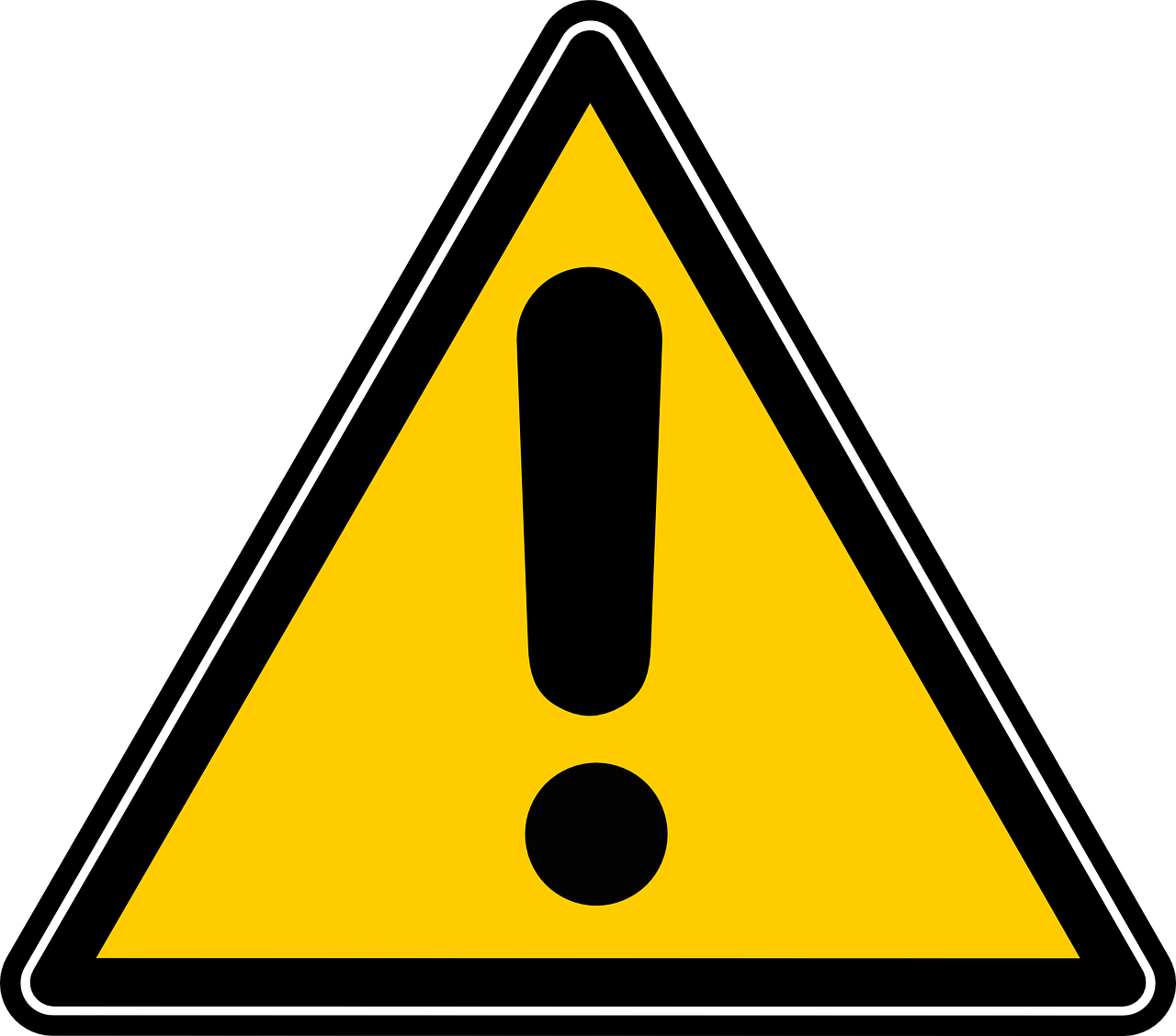Why You Need a Radon Detector in Your Home
For most people diagnosed with lung cancer, which included more than 238,000 people in the US alone in 2023, smoking is identified as the cause. Statistics show that 80 percent of people who die of lung cancer acquire the...

For most people diagnosed with lung cancer, which included more than 238,000 people in the US alone in 2023, smoking is identified as the cause. Statistics show that 80 percent of people who die of lung cancer acquire the disease as a result of smoking. Yet, tens of thousands of people who die from lung cancer each year never smoked.
For those unfortunate victims, radon gas is often the culprit. Exposure to high levels of radon gas is the second leading cause of lung cancer, resulting in an estimated 21,000 deaths in the US annually.
Tragically, each of those 21,000 deaths — and many more worldwide — could have been prevented through the use of modern digital radon detectors and remedial action when needed.
Understanding the dangers of radon gas
Radon’s unique qualities as a colorless, odorless, and tasteless radioactive gas have led to its being known as the “silent killer.” When inhaled into the lungs at elevated levels, radon’s radioactive decay particles can damage lung tissue and DNA, ultimately leading to cancer if not addressed.
There is a higher degree of death associated with long-term radon exposure because it can be present anywhere. Radon is a naturally occurring element produced when uranium and radium, found in most soil and rocks, break down and release radon gas into the air.
Outdoors, radon gas dilutes into the atmosphere, so it is harmless to humans. Indoors, however, radon can be trapped and accumulate to dangerous levels by entering homes through cracks and other openings in foundations. The US Environmental Protection Agency (EPA) estimates that 1 in 15 homes in the US contains dangerous levels of radon. More recent data suggests the percentage is higher.
Detecting radon gas in your home
Smart continuous radon monitors allow homeowners to detect radon in real time and notify users if it accumulates to dangerous or potentially lethal levels.
Real estate inspectors often deploy short-term radon test kits when a home is being purchased. While they can indicate a potential problem when the 2-day average is above EPA’s 4 pCi/L Action Level, they can also be misleading, as radon levels can fluctuate significantly throughout the year due to various factors.
Digital radon monitors are much more effective at protecting homes from the dangers of radon gas because they provide readings on an ongoing basis. The best of these digital devices use ion chambers to sense radon, capturing data continuously and providing updated readings several times per hour without the need for lab analysis. They can also provide initial readings in as little as ten minutes, with highly reliable results available within an hour.
Continuous monitoring can identify seasonal changes in radon caused by outdoor temperature fluctuations. It can also detect changes in radon levels that can occur with structural renovations, when the heating or cooling system is modified, when the ventilation is significantly altered by extensive weatherization, or when significant openings to soil occur due to altering groundwater control systems, natural settlement, earthquakes, construction blasting, fracking, or the formation of sinkholes nearby. Rather than a one-time reading, radon monitors provide nonstop vigilance.
Modern radon monitors also allow users to get results remotely by connecting to their home WiFi network, allowing ongoing readings to be viewed on mobile devices. If a dangerous increase in radon levels is detected, these monitors will immediately notify the homeowner.
Because long-term exposure to levels below the EPA Action Level still increases the risk of lung cancer, the EPA recommends that mitigation be considered if radon levels are between 2 and 4 pCi/L. The good news is that a trained and certified mitigation contractor can easily and affordably reduce radon levels.
Steps to lower radon levels
There are generally two approaches used to reduce radon levels. The first involves preventing radon from entering a home, while the second involves increasing ventilation to avoid high accumulations.
Preventing radon from entering a home is the most effective approach, as is installing an active soil depressurization system. This involves sealing cracks and other entry points and inserting a PVC pipe through the slab (or through a membrane covering the soil in a crawlspace), connecting it to an inline fan, drawing soil air out from under around the foundation, and exhausting it above the roof where it can dilute into the atmosphere.
In situations where the radon concentrations are only slightly elevated, increasing ventilation can sometimes reduce them. This is best accomplished with balanced-flow heat recovery ventilators (HRVs) in cold weather climates or energy recovery ventilators (ERVs) in milder, humid climates. Radon monitoring devices play a key role in assessing the effectiveness of mitigation efforts by providing real-time readings on radon level fluctuations.
Radon gas poses a dangerous risk to homeowners, introducing a deadly element in what is meant to be a safe haven. Modern continuous radon monitors help homeowners mitigate that risk by providing a proven method of identifying the presence of radon. Using monitors on an ongoing basis allows families to remain safe from the silent killer.

 ShanonG
ShanonG 
































